Taj Mahal
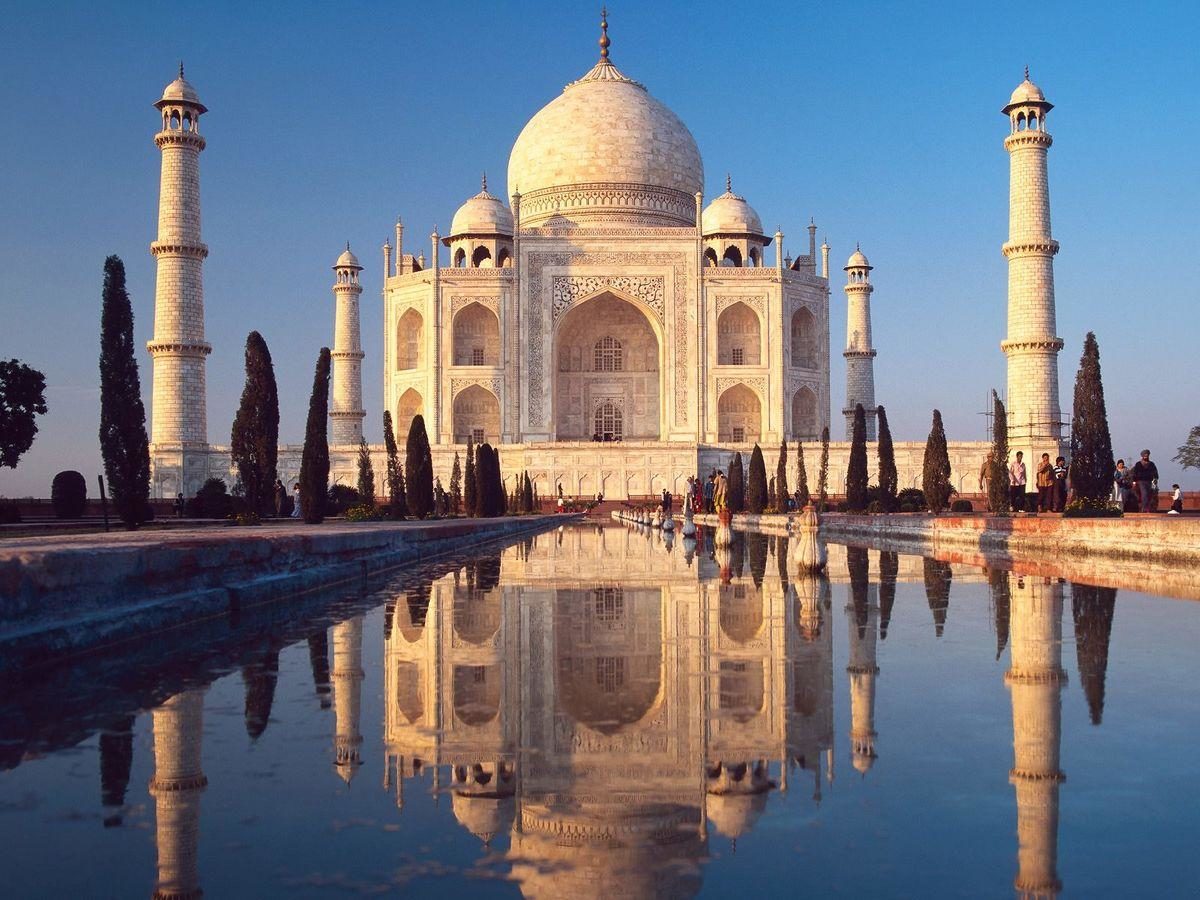
This mausoleum was built in 1648 by Mughal Emperor Shah Jahan. One of the most iconic monuments of architecture in the world that unites elements of Islamic, Persian, and Indian architecture.
Hire Benakal
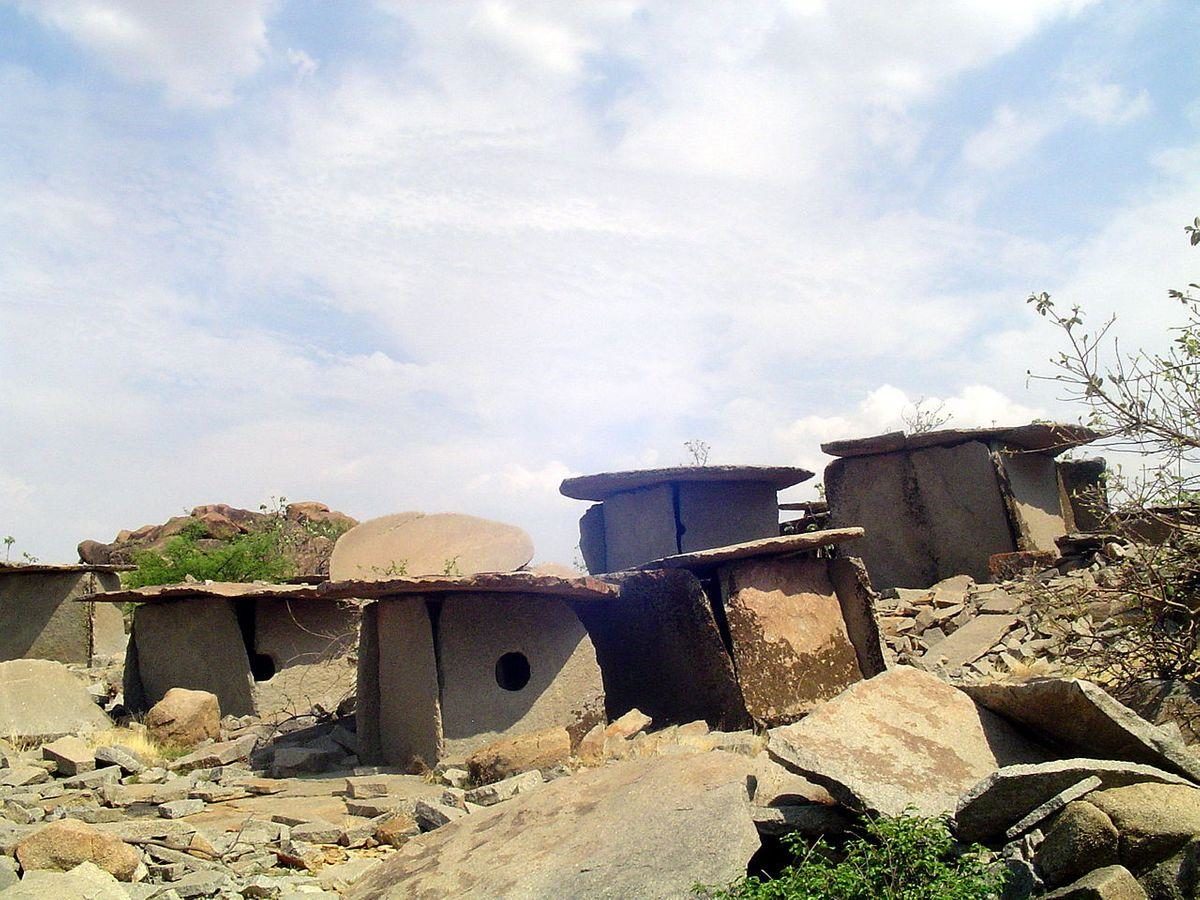
A visually impressive group of some 400 megalithic tombs – dolmens. These structures were built in the time period between 800 and 200 BC. The largest megalithic site in South India.
Brahmagiri megaliths
180 metres high granite outcrop with numerous megalithic structures. Settled at least since the 2nd millenium BC. Ancient cemetery with 300 stone cists, painted pottery. Stones with later inscriptions – Ashokan edicts.
Tomb of Salim Chishti
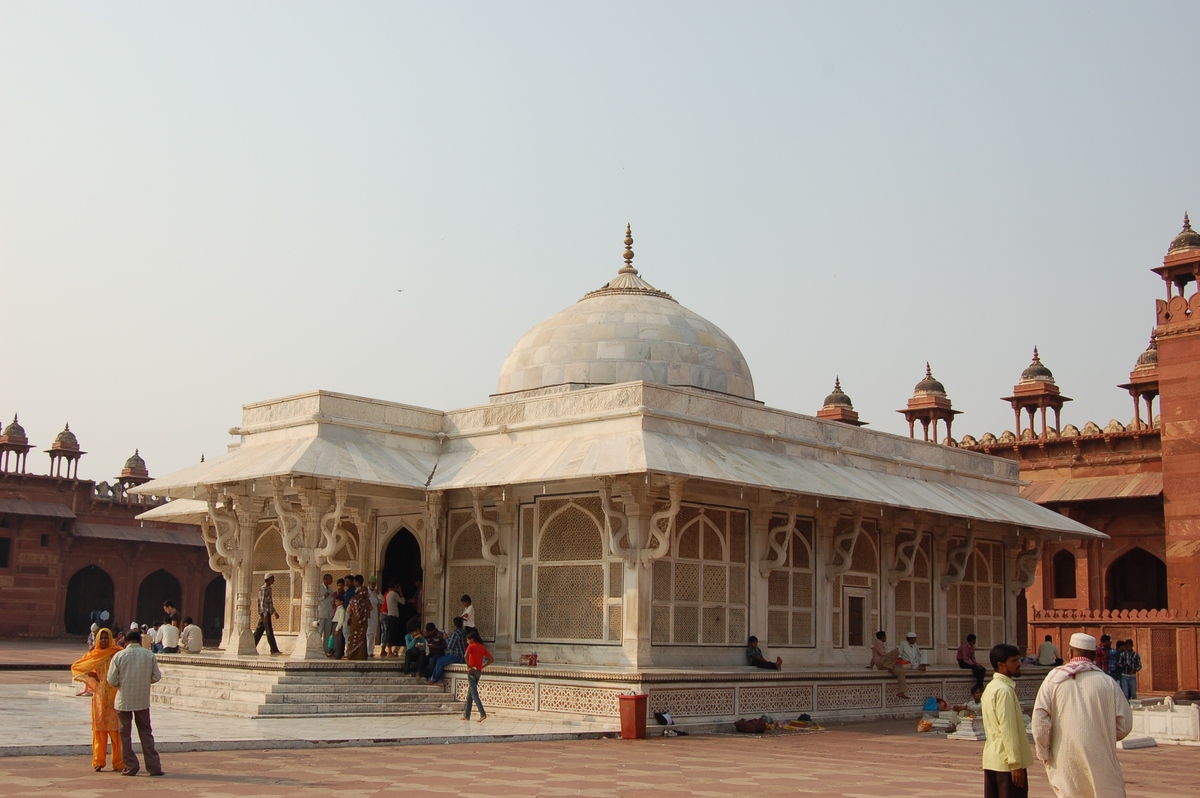
Tomb of Sufi saint, a beautiful mausoleum that was constructed in 1580 – 1581.
Mungo Lady
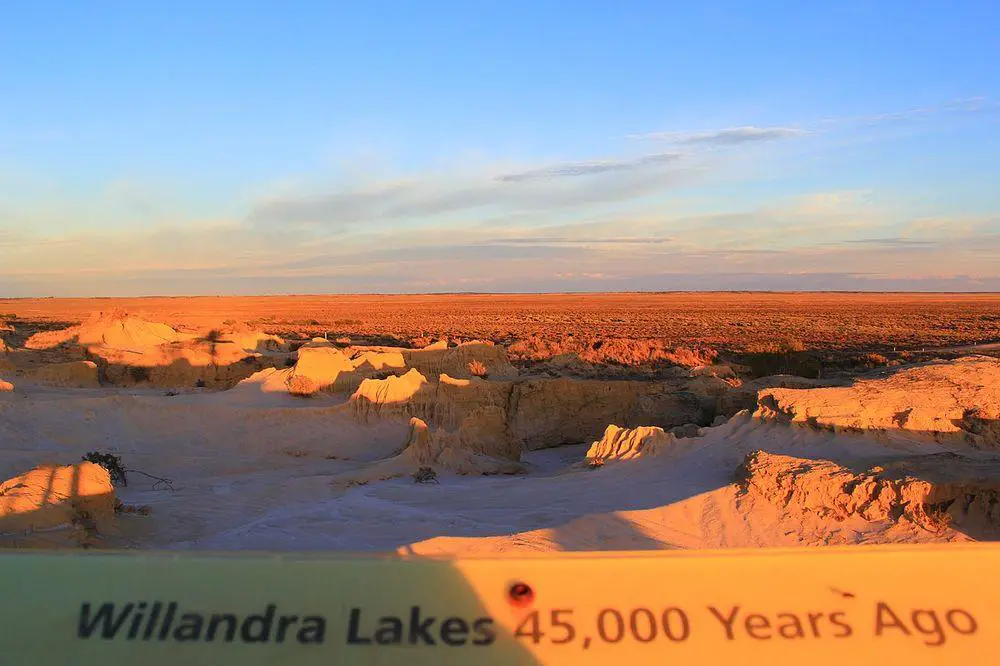
Find of the oldest cremated human remains in the world. Contrary to the name it seems that here rests a male, who was cremated and sprinkled with red ocher some 41,000 (or even 42,000) years ago. This is the oldest use of ocher for burials in the world. Nearest find of ocher is some 200 km from this site.
Ala-Tey burial ground
Burial mound from Xiongnu period from the 2nd century BC – 1st century AD. Here are very rich, unlooted burials of Huns that were created at the period when this culture started the Great Migration and arrived here from some region in Northern China. The burial mound is endangered by the flooding due to hydropower plant and there are on-going salvage excavations to extract the information before it is lost.
Terezin burial ground
Burial mound from the 2nd century BC – 1st century AD. Here have been made very interesting finds of Hun culture including a body of a partly mummified woman with rich garments and jewelry including a belt buckle with has been nicknamed “Natasha’s iPhone” due to its similarity to a phone case. The burial mound is endangered by the flooding due to hydropower plant and there are on-going salvage excavations to extract the information before it is lost.
Yangrung (Tomb of Emperor Sinjong)
Royal burial mound from the 13th century. Although it is in a poor condition, valuable murals of stars and 158 dogs have been preserved.
Tokhung-ri Mausoleum
A royal burial mound, built in 408 AD. Contains decorative paintings showing daily scenes and star constellations.
Kija’s Tomb
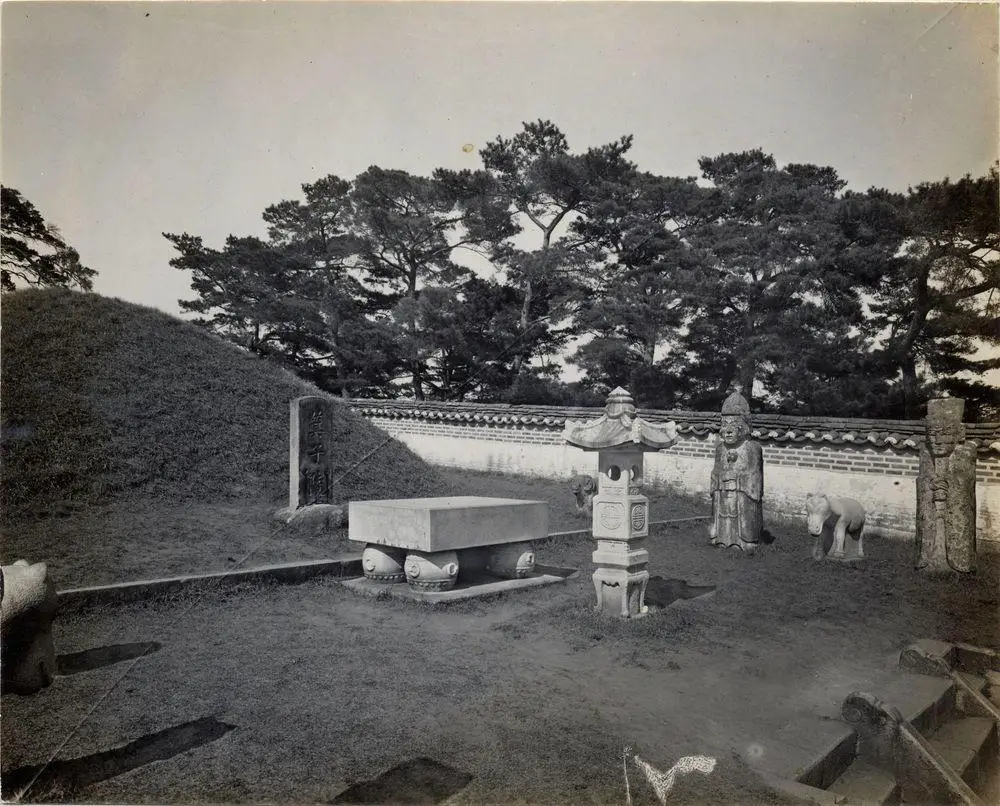
Medieval burial hill. According to legends here is buried Jizi, the legendary first ruler of ancient Gojoseon and founder of Pyongyang in the 11th century BC. Memorial temple was added next to this mound in 1102. Most likely destroyed now.
